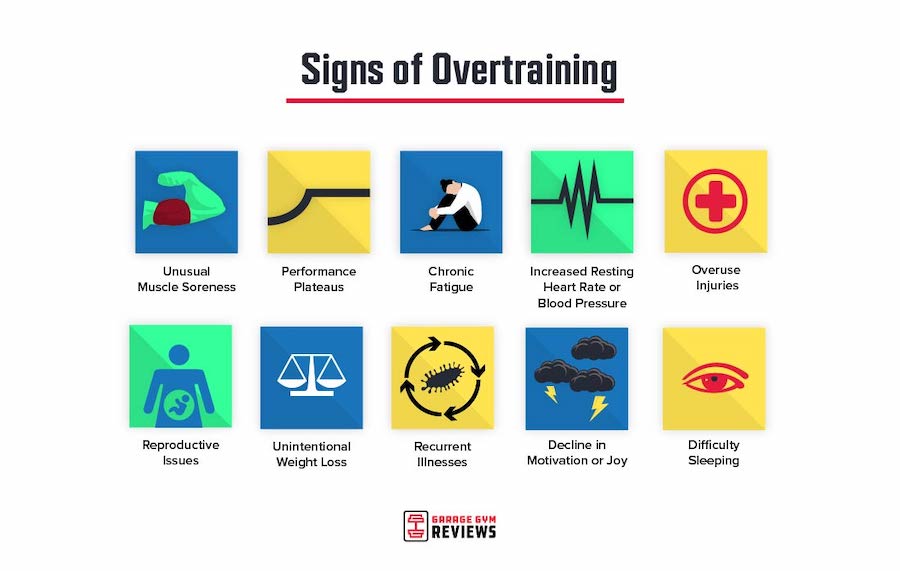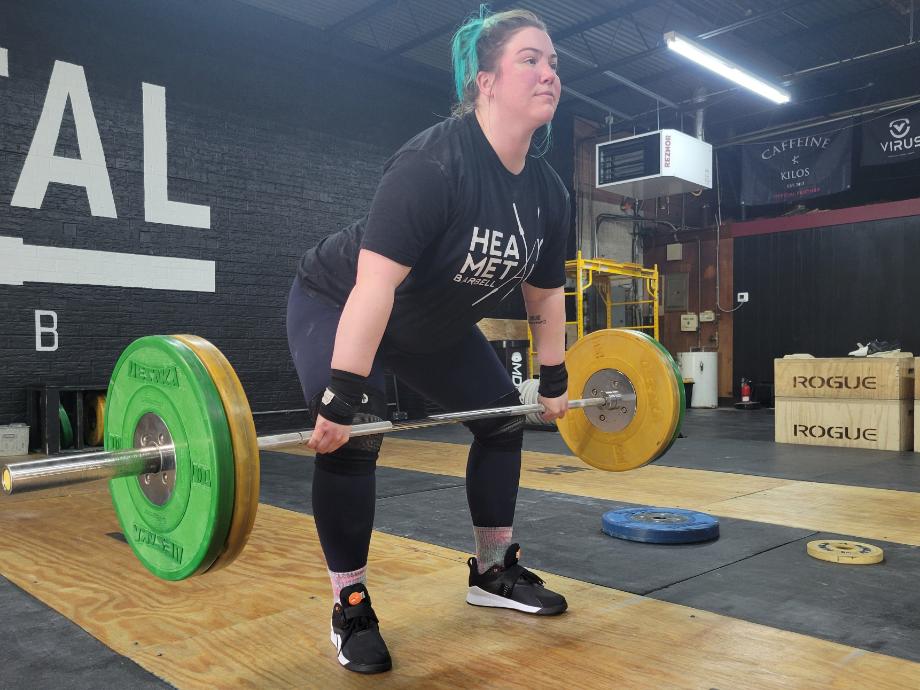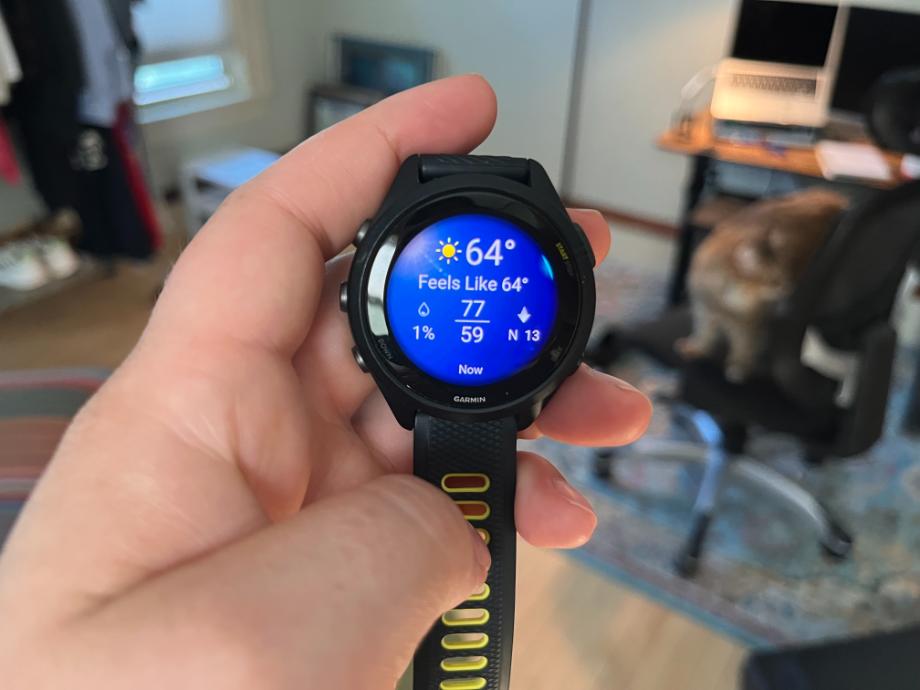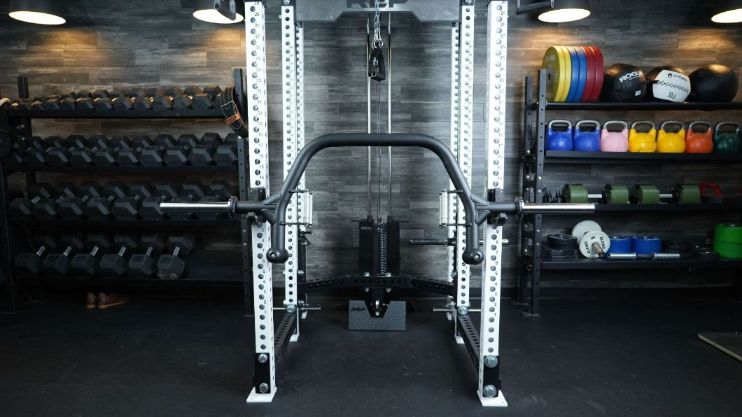Are you giving your workouts everything you’ve got but still feel like you’re hitting a wall? If you just can’t seem to shake that fatigue, you may need to watch for signs of overtraining.
Training without proper post-workout recovery can impact an athlete both physically and mentally and eventually lead to a condition known as overtraining syndrome (OTS). To improve your performance, you have to push your limits. That’s true. But there’s a fine line between commitment to your fitness goals and overdoing it.
At first, you may notice a decrease in your athletic performance, but overtraining syndrome extends far beyond typical burnout. It’s not uncommon for OTS to evolve into issues such as physical injuries, changes in mood, dips in your immune system, and poor sleep. This article will take an in-depth look at the impact overtraining can have on your body and ways to both prevent and recover from OTS.
What is Overtraining?
According to the latest edition of the NASM Essentials of Personal Fitness Training, overtraining is a condition that results in fatigue, declining performance, and burnout. The risk of overtraining spans all sports and fitness programs, affecting athletes of all ages.
Overtraining affects your muscles and central nervous system, putting you at risk of injury and systemic issues. OTS doesn’t discriminate against any type of exercise. Establishing a safe training volume is essential for cardio, weight training, and everything in between.
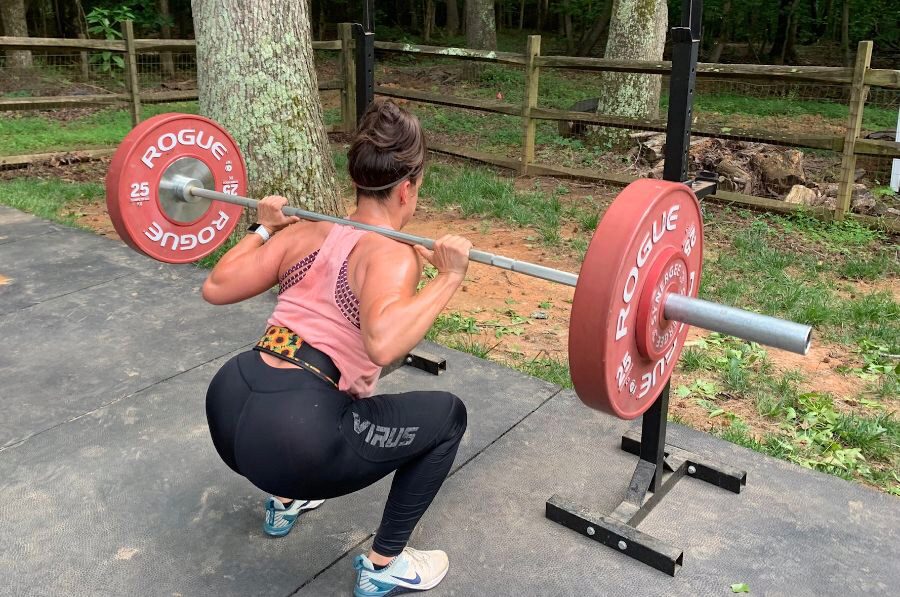
There are two classifications for excessive exercise: overreaching and overtraining. Overreaching is typically described as muscle soreness beyond the usual soreness of a typical hard-hitting workout. Overreaching most commonly occurs after several consecutive days of intense training without enough recovery between workouts. It may leave you feeling run down, but thankfully the effects of overreaching can be reversed relatively quickly with sufficient rest days.
Recovery from overtraining, on the other hand, takes much longer. Overtraining occurs when signs of overreaching are ignored, and the high-intensity workouts continue. It can take weeks or even months to recover from OTS fully.
To break it down further, here’s how overreaching develops into OTS over three defined stages, according to the National Sports Medicine Institute:
- Functional overreaching: Periods of increased training that can result in performance decline unless proper rest is taken.
- Non-functional overreaching: Physiological and psychological symptoms of continued functional overreaching start to manifest, including hormonal imbalances and mental health issues.
- OTS: Full-blown overtraining syndrome has manifested, which includes a slew of physical and mental symptoms and can take months to recover from.
Symptoms of Overtraining
Symptoms of OTS may vary from one person to the next, but they can negatively impact your athletic performance and your overall wellness. Symptoms can range from physical ailments to mental health concerns and lifestyle challenges.
“At face value, overtraining seems self-explanatory, but it’s hard to identify sometimes,” explains Garage Gym Reviews expert panelist Dr. Mike Masi, doctor of physical therapy. “This is the important thing. In reality, the symptoms may be much more subtle—maybe you’re still performing in the gym, but your mood isn’t great or you’re not sleeping well.”
In general, you’ll want to monitor yourself for any of the signs and symptoms below to try and catch overreaching or overtraining before it develops into OTS.
Training-Related Symptoms
Overtraining can negatively affect your current and future performance in the gym.
- Unusual muscle soreness: Delayed onset muscle soreness isn’t uncommon or abnormal, but if it persists, you could be overdoing it.
- Performance plateaus: If you’re not continuing to progress, even with consistent effort, or your results decline, your body may be giving you a signal.
- Chronic fatigue: Overtraining can lead to anemia and chronic muscle pain.
- Overuse injuries: Repetitive movements without the recovery that your body needs can lead to severe injuries such as stress fractures, tendinitis, and chronic muscle pain.
Health-Related Symptoms
Physical symptoms may be the most obvious sign of overtraining.
- Increased resting heart rate or blood pressure: Conditioning generally results in a lower resting heart rate and blood pressure, but overtraining can actually have the opposite effect on your cardiovascular system.
- Unintentional weight loss: Overtraining can cause a decrease in appetite, leading to inadequate nutritional intake and eventually unintended weight loss or muscle atrophy.
- Reproductive issues: Overtraining can lead to irregular or missed menstrual cycles, affecting reproduction.
- Recurrent illnesses: Overtraining puts your immune system at risk, leaving you susceptible to frequent colds, infections, or other illnesses.
Lifestyle Symptoms
Mental and emotional side effects can also occur from OTS.
- Decline in motivation or joy: Overtraining can result in emotional stress and mood changes.
- Difficulty sleeping: Training without proper recovery time can cause fluctuations in your stress hormone cortisol, resulting in insomnia.
How to Recover from Overtraining
Overtraining affects everyone differently, so there isn’t just one sure way to recover. In reality, it will probably require many different tactics to heal over time.
Rest
If you are showing symptoms of OTS, it’s crucial to allow your body to rest and heal. Some athletes may see improvements by significantly reducing their training, but others may require total rest. Depending on the severity of your case, you may need to stop training for an entire week or longer to allow your body to recover.
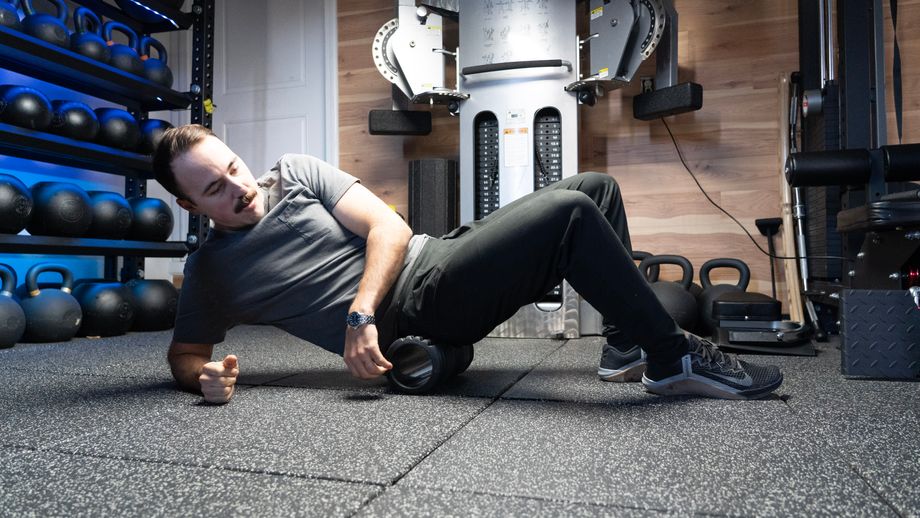
According to Dr. Masi, sometimes one to three weeks of eased-up programming is enough to feel back to normal. “But, if you’re deep into overtraining, some big hormonal issues can arise and your endocrine system can get completely out of whack,” he says. “ If this happens, a lot of time off is needed to completely recover.”
Nutrition
Adequate nutrition is a key aspect of recovery after exercise. It’s essential to replenish with quality carbohydrates and proteins to facilitate muscle protein synthesis. Many people cut calories when trying to lose weight, but severe restrictions may actually work against your goals and contribute to OTS.
Mental Health
Taking time away from your sport or training program can be challenging mentally, even if it is for the greater good. Finding a mental health professional that offers you a safe space to discuss your feelings can help you navigate the struggles associated with OTS.
Treat Your Injuries
Don’t leave injuries unaddressed. Seek treatment from a healthcare professional prior to returning to your training program. Once you’re able to get to sweating again, make adaptations or modifications as needed for post-injury training. Even muscle soreness can be treated with different recovery tools.
Ease Back Into It
Your sports medicine doctor and personal trainer can help you determine when it’s appropriate for you to return to the gym or start logging miles again. Once you get the green light, take it slow and ease yourself back into your workouts.
Preventing Overtraining
Whether you notice symptoms of overtraining starting to arise or simply want to be proactive before leveling up your workouts or your mileage, there are many effective ways to prevent overtraining. Here are some key ways to keep OTS at bay:
Listen to Your Body
You know your body better than anyone else. If you sense that something isn’t right, don’t ignore it. If you’re working with a personal trainer, keep them in the loop with any concerns or ailments. Consider cross-training on days that your body needs a break. Ellipticals and rowers are great options for low-impact, individualized workouts.
Log Your Training Sessions
It may help to log your training sessions and include how your body responds to each workout. Documenting how you feel during your workouts can help you understand trends in your training schedule related to overtraining.
Dr. Masi, who also coaches athletes and creates their programming, has his clients assign an objective number from 1 to 5 on seven factors at the end of each training week (1 being really good and 5 being really bad):
- Fatigue
- Hunger
- Life stressors
- Desire to train
- How heavy the weights feel
- Sleep quality
- Sleep quantity
He says he expects these numbers to increase over the course of a training program, getting into the 3 to 4 range, as overreaching can, in many cases, be a good thing for athletes who are training intensely.
But, the key here is that when you start to see signs of overreaching, you schedule a deload week or even complete rest to ensure that your body has time to recover from the period of increased fatigue. This is called compensation, and primes your body to have a higher capacity for performance if done properly.
Schedule Rest Days
Make sure to schedule rest days and give yourself enough time to recover between workouts. Adhering to your scheduled rest days is probably the most obvious tactic to prevent OTS, and yet, many times, it can be the most difficult.
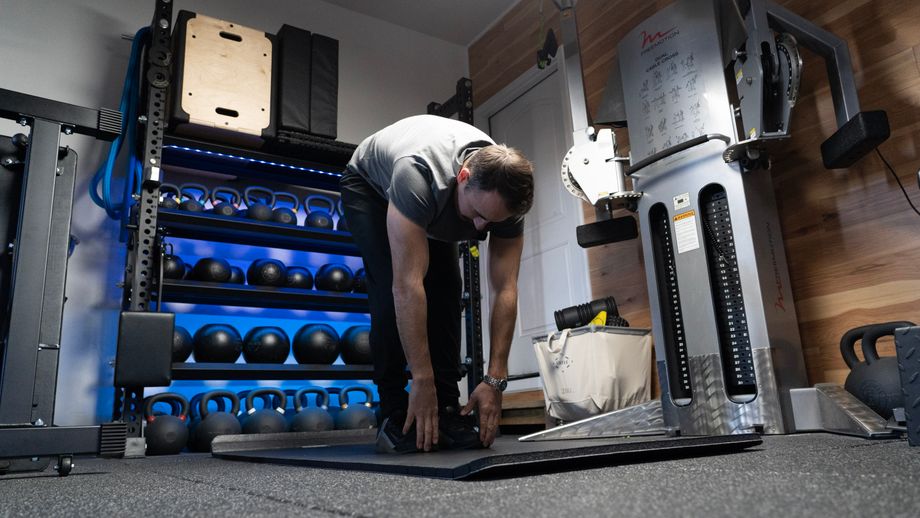
When passionate about your goals, you might be tempted to increase your training load or push through fatigue to get in a few extra reps. However, rest and recovery are part of the process and are just as important to reaching your fitness goals.
Stay Hydrated
Adequate hydration is key to preventing muscle fatigue. An excellent way to ensure you’re well-hydrated is to monitor the color of your urine. The lighter its color, the more hydrated you are. You’ll also want to be careful with fluids that act as diuretics, such as caffeinated drinks and alcohol.
Intake Adequate Nutrition
It’s important to refuel your body with the nutrition it needs after a workout. Like putting gas in your car’s tank, your body needs nourishment to be ready to go when it’s time for your next training session. To ensure you’re getting enough carbs and protein to support muscle protein synthesis, you might consider working with a registered dietitian nutritionist to determine your individual nutrition needs.
Stress Management
Stress is not uncommon in today’s busy world. Unfortunately, if stress is left unchecked, it can take a toll on your body and distract you from common warning signs of OTS. Increased stress hormones can inhibit quality sleep and trigger loss of appetite, two very important recovery factors. You might consider working with a licensed counselor or therapist to proactively address your mental health needs.
Don’t Skip Out on Sleep
Sleep is prime time for muscle repair. Poor sleep habits can contribute to burnout and overuse injuries. Aim to get at least eight hours of quality sleep every night.
Final Verdict on Signs of Overtraining
Without proper rest periods between your high-intensity training sessions, your body is at increased risk for overtraining syndrome. OTS can affect athletes of all backgrounds and all ages. Whether you’re an endurance athlete or a weightlifting pro, your body needs adequate recovery time to pursue your fitness goals successfully. More than just muscle fatigue, overtraining can affect your central nervous system and negatively impact overall wellness.
A few key takeaways:
- Overtraining can affect people of all fitness levels.
- Proper rest between workouts is crucial for preventing overtraining syndrome.
- OTS can have physical, mental, and emotional consequences.
- Treating OTS most often requires quality sleep, proper nutrition, adequate rest periods, and medical treatment of any injuries.
FAQs about Signs of Overtraining
What are the eight signs of overtraining?
-Overtraining can manifest in many different ways, but eight common symptoms include:
-Chronic fatigue
-Overuse Injuries
-Performance plateaus
-An increase in resting heart rate or resting blood pressure
-Unintentional weight loss or weight gain
-Recurrent illnesses
-A decline in motivation or joy
-Difficulty sleeping
What are the three stages of overtraining?
According to the National Sports Medicine Institute, the three stages of overtraining are:
1. Functional overreaching:The athlete executes periods of increased trainingand notices performance declines unless proper rest periods are integrated into his or her training program.
2. Non-functional overreaching: After continued functional overreaching, the athlete starts to notice a myriad of physiological and psychological symptoms, including hormonal imbalances, constant fatigue, or personality changes.
3. Overtraining syndrome:Non-functional overreaching has progressed into overtraining syndrome, which includes a slew of physical and mental symptoms and can take months to recover from.
How long does it take to overtrain?
Overtraining syndrome (OTS) is characterized by decreased athletic performance for two months or more. Underperformance for fewer than two months shouldn’t be ignored, though. A decrease in performance over a few days to a few weeks is considered overreaching and should be addressed before it evolves into OTS.


